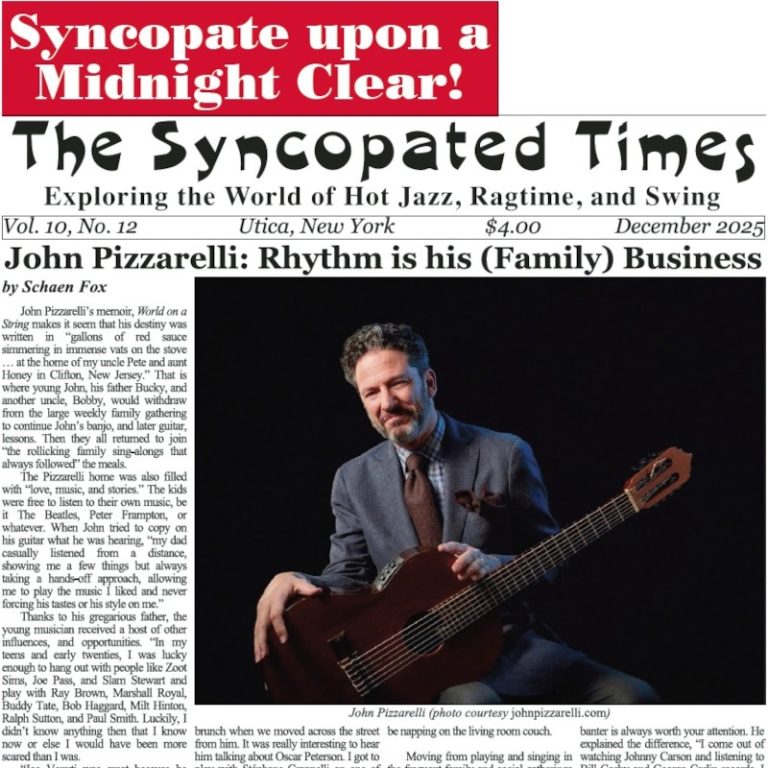It had been a long time coming, but the 1811/Kid Ory Historic House in LaPlace, Louisiana, swung open its doors to visitors for the first time on Tuesday, Feb. 2. A ribbon-cutting was followed by the serving of a Mardi Gras-style king cake and an enthusiastic set of tunes celebrating the music of Edward “Kid” Ory, the trombonist, bandleader and composer who pioneered jazz in New Orleans, California and Chicago.
This is the first time the house—built in 1793 some 25 miles upriver of New Orleans—has opened to the public. Previously known as the Woodland Plantation or Montegut House, the 1811/Kid Ory Historic House dates back to the Spanish colonial era. At that time and for decades to come, it was a working sugar cane plantation for Manuel Andry, a commandant of the German Coast, a region of early Louisiana settlement in present-day St. Charles, St. John the Baptist, and St. James parishes.
Now, two permanent exhibits at the site tell the stories of the 1811 German Coast uprising of enslaved people and the life of jazzman Kid Ory, born on the plantation in 1886. Visitors find a wide selection of Kid Ory’s music on vinyl, compact discs, and 78 rpm recordings as well as books, handmade string instruments, vintage phonographs, photographs and artwork.
The 3,982-square-foot house stands on 3.7 acres along what is now La. 628 in LaPlace. It still contains the original solid rais
You've read three articles this month! That makes you one of a rare breed, the true jazz fan!
The Syncopated Times is a monthly publication covering traditional jazz, ragtime and swing. We have the best historic content anywhere, and are the only American publication covering artists and bands currently playing Hot Jazz, Vintage Swing, or Ragtime. Our writers are legends themselves, paid to bring you the best coverage possible. Advertising will never be enough to keep these stories coming, we need your SUBSCRIPTION. Get unlimited access for $30 a year or $50 for two.
Not ready to pay for jazz yet? Register a Free Account for two weeks of unlimited access without nags or pop ups.
Already Registered? Log In
If you shouldn't be seeing this because you already logged in try refreshing the page.




